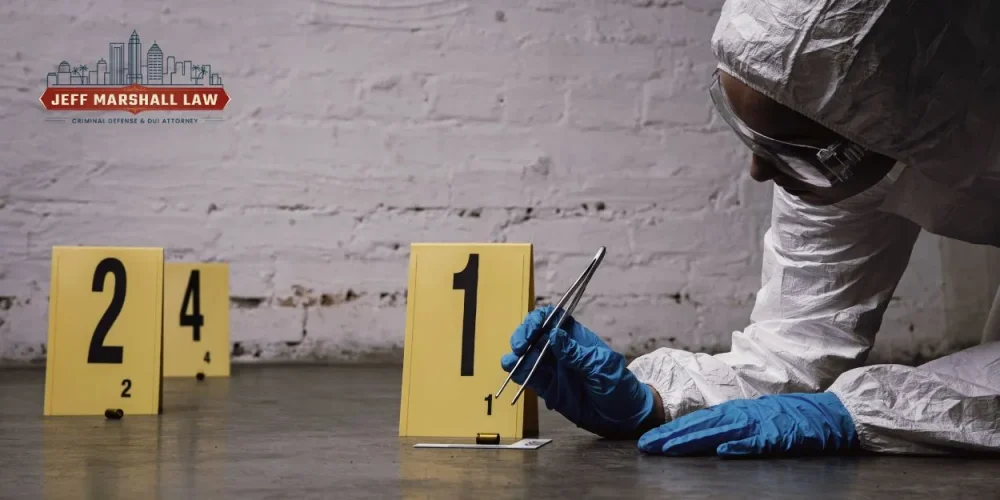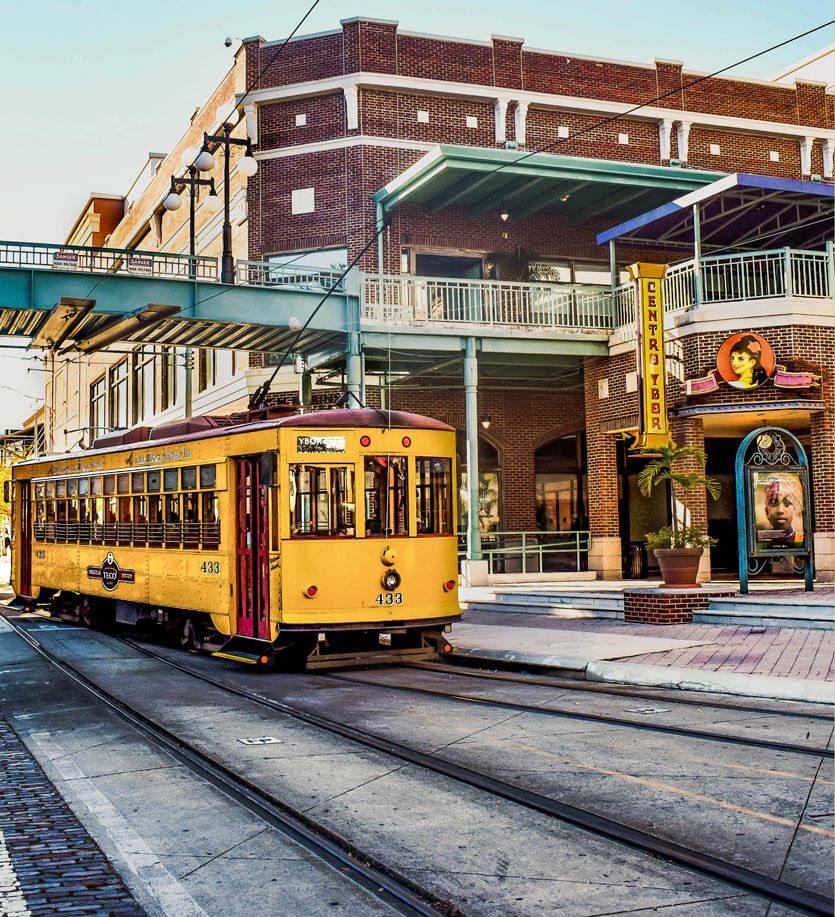Tampa Crime Rate 2025 – Latest Statistics

Tampa is a vibrant and growing city, but it faces challenges with crime rates as they are higher than the national average. Tampa has a mix of safe and dangerous areas with certain neighborhoods experiencing higher incidents of both violent and property crimes, while others have low reports of danger and crime. Jeff Marshall Law explores the Tampa crime rate, and factors that influence crime and safety in the city.
Unpacking Tampa’s Crime Rate
The Tampa police department announced a significant decrease in violent crime within the community, as evidenced by data from a recent survey conducted by the Major Cities Chiefs Association. This survey shows that Tampa has the second-lowest crime rate per capita among cities with similar population sizes.
Out of 59 major U.S. cities surveyed, Tampa ranked 14th overall for the lowest violent crime rate in 2022. The positive crime statistics reflect the city’s ongoing efforts to maintain safety and security for residents and visitors alike. The Florida, at large, violent crime rate per 100,000 residents was 150.6 in 2022.
Neighborhoods in Tampa that are considered to be not as safe are Historic Ybor, Downtown, Drew Park, East Ybor, Highland Pines, Courier City, Florence, North Tampa, Ybor City, and Sulphur Springs. Some of the safer neighborhoods in Tampa are New Tampa East, Carrollwood Village, New Tampa North, West Park Village, Belle Glen, Keystone South, and Northdale West.
Factors That Impact a City’s Crime Rate
There are several factors and types of data that impact and affect a city’s crime rate. It includes various categories of crime, such as violent crimes like murder, assault, and robbery, and property crimes such as burglary, theft, and vandalism, which are usually reported separately. The rate is typically expressed as a ratio per 100,000 residents to provide context and allow for comparisons between cities of different sizes.
The number of crimes reported to law enforcement agencies is also a critical component, encompassing both reported and documented incidents, as well as those investigated. Additionally, the efficiency of the criminal justice system, including how effectively crimes are investigated, prosecuted, and resolved, can impact reported crime rates.
Socioeconomic factors, such as poverty, unemployment, and education levels, also play a substantial role, as areas facing higher socioeconomic challenges may experience higher crime rates. Law enforcement practices, such as the extent of police presence and crime prevention strategies, can affect crime rates, with increased policing potentially leading to higher reported rates due to more active reporting and arrests.
Community factors, including social cohesion and local programs, can further influence crime rates, with strong community ties and effective local programs helping to reduce crime. Differences in reporting practices between jurisdictions can affect reported crime rates, as some cities may have more comprehensive reporting systems than others. Understanding crime rates requires analyzing these factors collectively to have a complete picture.
Crime rates should not be viewed in isolation, as they are influenced by a multitude of factors and do not provide a complete picture of an area’s safety. While crime statistics offer valuable insights, they are shaped by variables such as reporting practices and socioeconomic conditions that can affect how crimes are recorded and reported.
Crime rates do not account for the presence of community programs, social cohesion, and preventative measures that contribute to overall safety.
FAQs
Q: Is Tampa, Florida, a Safe Place to Live?
A: Tampa, Florida, can be a safe place to live, but it presents a mixed picture when it comes to safety. While it has areas of relatively low crime rates, certain parts of the city have higher crime rates that current and potential residents should be aware of. Tampa neighborhoods such as Citrus Park and New Tampa are both regarded for low crime rates and family-friendly neighborhoods. As with any major city, using common sense and situational awareness can significantly enhance safety.
Q: What Is Tampa Ranked in Crime?
A: Tampa’s rank is 14th for the lowest rate of violent crime in the year 2022 out of 59 U.S. major cities. Certain neighborhoods in Tampa are considered safer than others, with the southeast part of the city generally being regarded as the safest area and the southern neighborhoods historically having higher crime rates.
Tampa may have a high crime rate when compared with all U.S. cities, but it is important to understand the specific neighborhoods that make up the city and their different crime landscapes.
Q: What Factors Contribute to a City’s Overall Safety?
A: The factors that contribute to a city’s overall safety include socioeconomic conditions, law enforcement effectiveness, urban planning, community engagement, public services, and more. Higher employment and income levels, coupled with access to quality education, typically result in lower crime rates, while poverty and income inequality tend to increase crime.
Strong community ties, neighborhood watch programs, and well-designed urban spaces with good lighting and surveillance enhance safety. Additionally, access to healthcare, mental health services, and efficient emergency services play crucial roles.
Q: Is Downtown Tampa Safe at Night?
A: Downtown Tampa’s safety at night is much like that of other major cities, where visitors and residents should take proper precautions to be aware of their surroundings and make smart decisions. In general, it is safe to travel in groups, stay in well-lit and populated areas, and keep valuables concealed when possible. If using public transit, opt for trusted services like registered taxis and rideshare options, and park in safe areas that are well-lit or secure if you are using a personal car.
Speak With a Local Criminal Defense Attorney As Soon As Possible if Accused of a Crime
If you have further questions about local safety in Tampa or have been accused of a crime, such as DUI, drug possession, or need assistance with expungement, a criminal defense attorney can help. At Jeff Marshall Law, our defense lawyer can provide reliable legal representation that leverages knowledge of applicable laws and legal procedures to protect the rights of our clients.
We can support you every step of the way to help ensure you get the outcome you desire for your case. Reach out today to set up a consultation and learn how our law firm can help you in your legal matter.



